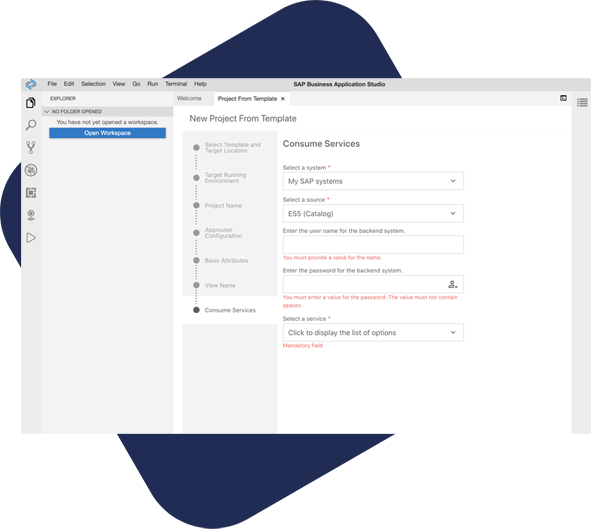Paper Free & Paperless Offices
Meet your end-to-end IT
with our technology-first approach, get servers, software, reliable systems, and IT outsourcing services.
Top Four Reasons for your business to become Paperless. Goal 2023
There is an office expense that weighs heavily on businesses. The cost of printing.
The costs associated with printing are staggering. Not surprising, the true costs of printers, toner, ink, storage, supplies, and paper make a significant impact on business profits and environmental health.
You are paying more than necessary for printing. These costs are more than financial since all of these have a direct impact on our health and the environment. Plus, producing ink, eWaste, toner, gas, carbon footprint has been detrimental for many years.
Post Registration Paperless Mailroom
Register your documents quickly and easily
- Built-in OCR.
- Integration with post operations.
- Integration with scanners.
- Documents archiving.


Process management Paperless BPM
One place for all your business processes
- Multiple process management.
- Graphical modeler for processes and forms.
- Notifications and alerts.
- Replacement management.

